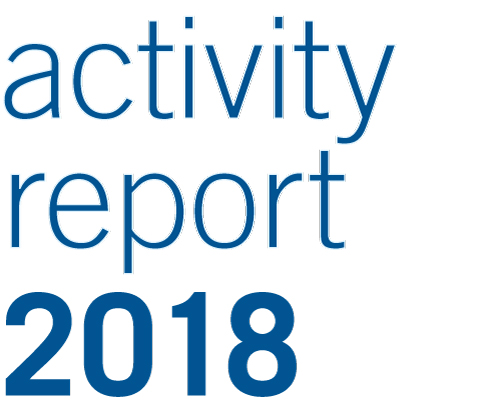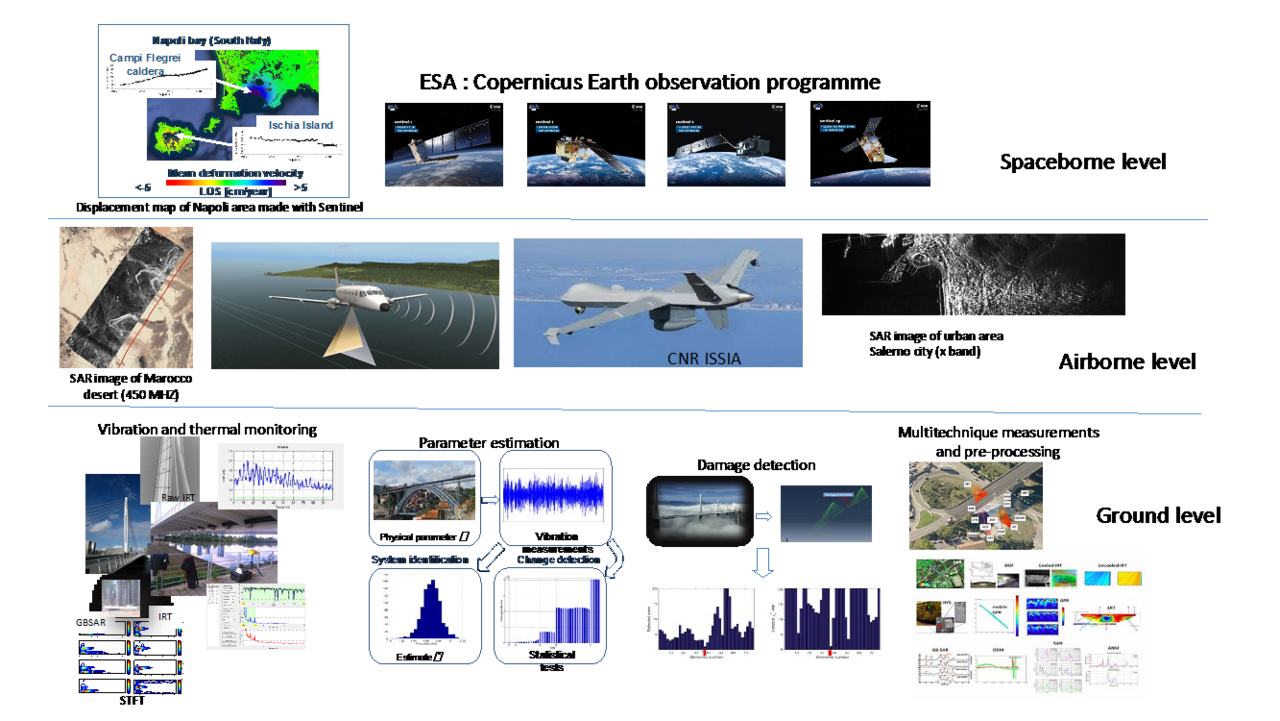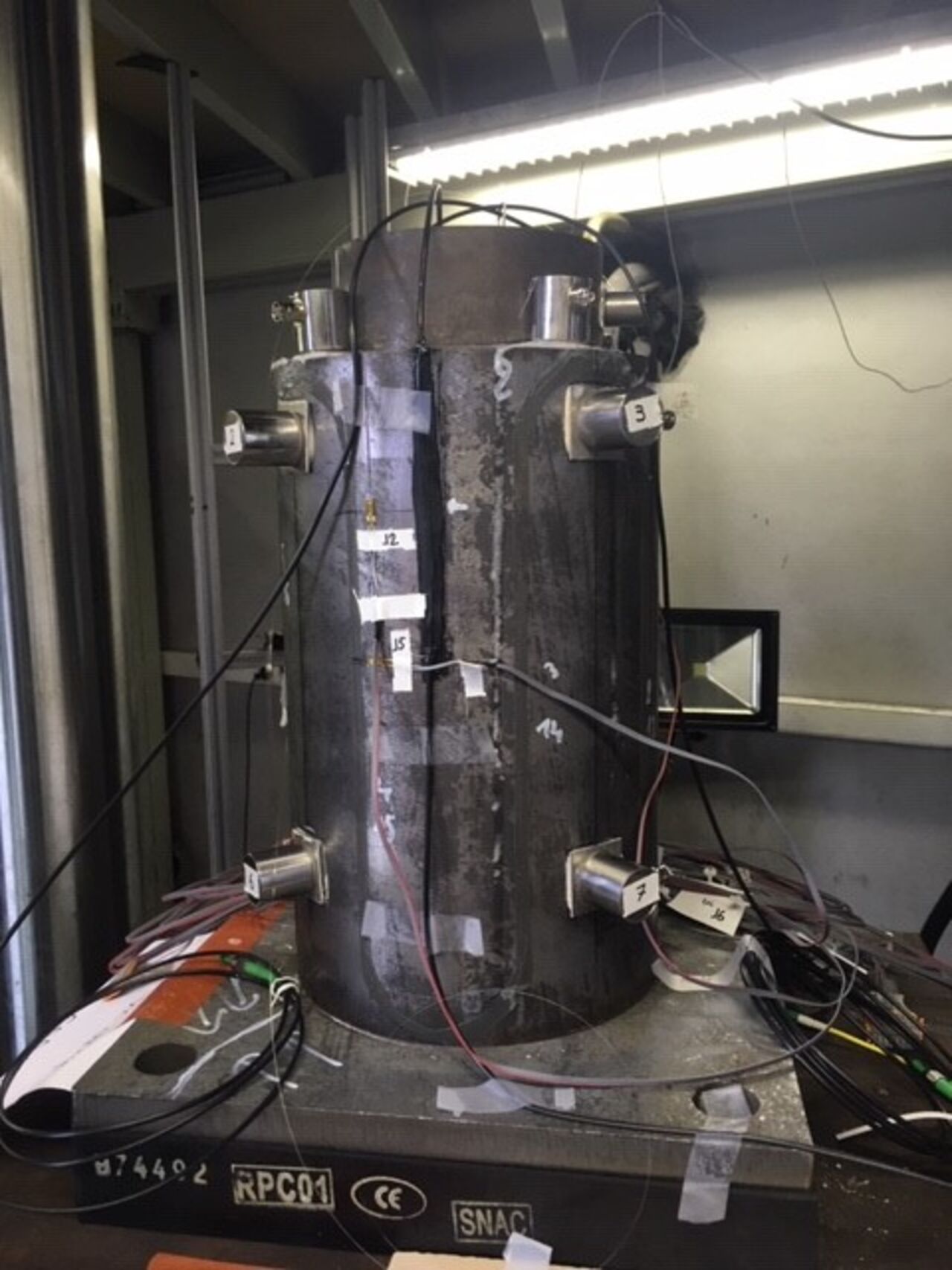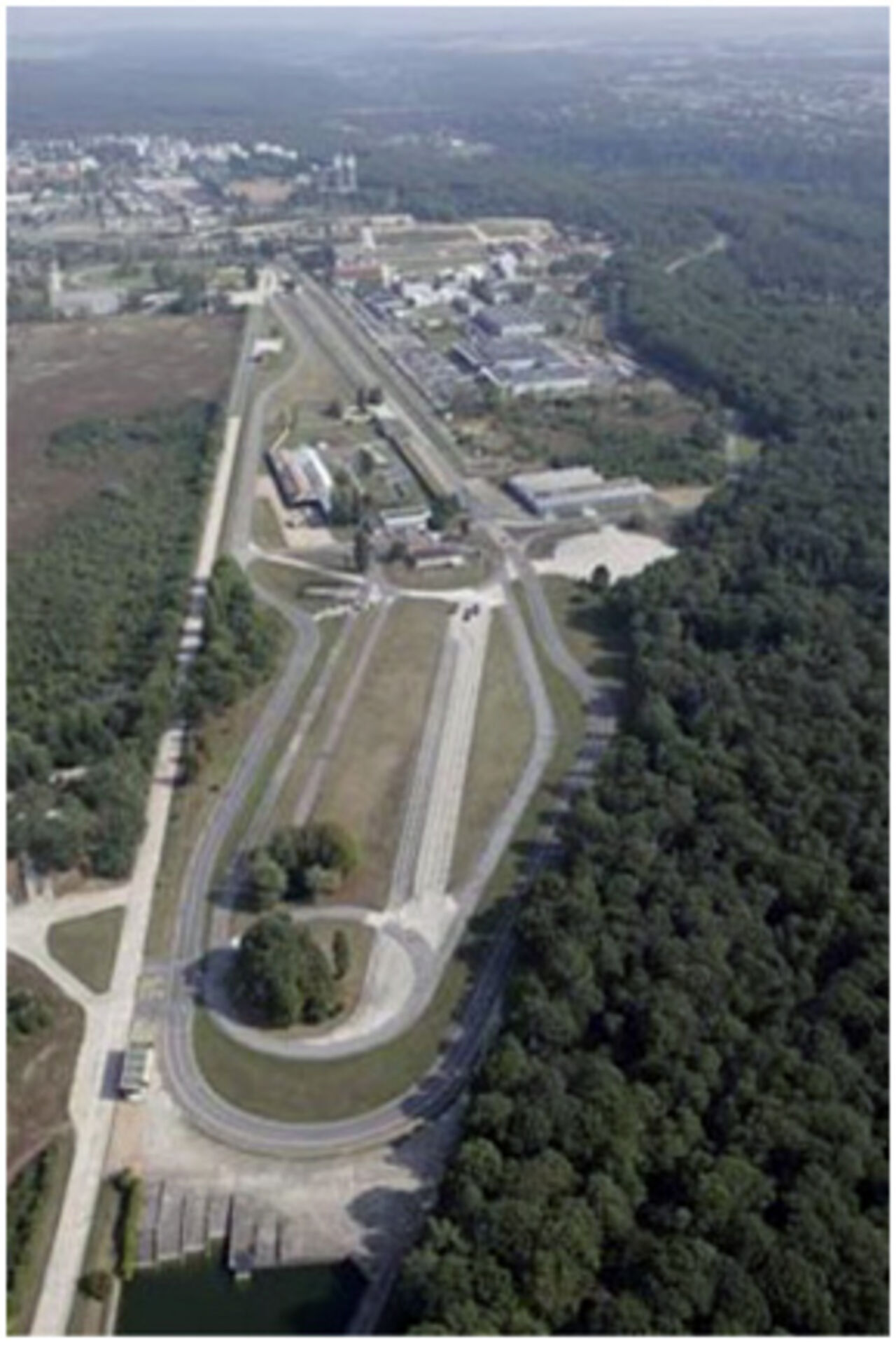New electricity transmission and production infrastructure
An Associative Laboratory has been set up that brings together IFSTTAR, international partners, and an Italian organism, in order to develop future technologies for the electromagnetic monitoring of infrastructure. In addition, a non-destructive technique for the structural monitoring of offshore wind turbines has been developed. Finally, the European FABRIC project has been completed with IFSTTAR’s support.
International Associative Laboratory "Advanced Sensing laboratory for Transport Infrastructures" (LIA-ASTI)
An associative laboratory has been created bringing together IFSTTAR, CNR (IREA and IMAA) and INRIA that is devoted to developing new fundamental knowledge that will provide the basis for the infrastructure monitoring methodologies and procedures of the future.
This laboratory will take on an international dimension under the name "Advanced Sensing laboratory for Transport Infrastructures" (LIA-ASTI) with IFSTTAR, INRIA from France and CNR IREA and IMAA from Italy. The objective of LIA-ASTI is to explore the fundamentals of electromagnetic solutions for the multispatial and multitemporal infrastructure monitoring of the future. These solutions use emerging technologies ranging from ground-based satellite sensors to high-performance computing and multi-physics modelling. LIA-ASTI focuses on civil engineering structures in both urban and interurban areas, taking account of spatial density and variability as well as dispersion. Significant methodological advances are expected from the modelling of combinations of multiple wave-material interactions and advanced computer methods to pre- and post-process the huge data set generated by remote sensors such as DinSar or GBSaR coupled to other ground-based sensor networks. Close collaboration will permit state-of-the-art research capable of producing ground-breaking scientific results. The three institutes of the consortium complement each other, and are recognised for their leading role in civil engineering, DinSAR, radar imaging and IT at the European level. They share the same vision of applied research for society.
SHM-GROUT: Structural Health Monitoring for offshore wind turbines
Grouted connections are frequently used to join metal tubes in offshore environments, particularly in the oil and gas sector. This technique has also been applied in the offshore wind turbine sector to connect the structure (jacket or monopile) to its foundation. However, the dynamic forces experienced by wind turbines are very different from those that occur on offshore platforms. In 2009-2010, in the North Sea, progressive settlement was observed on nearly 600 of the 988 "monopile" offshore wind turbines. This damage was undetected before it had created significant geometric changes. The SHM-Grout project, funded by the Weamec regional centre, aims to evaluate the effectiveness of several non-destructive methods for detecting and monitoring damage to this type of connection. In partnership with the University of Nantes, and with the participation of STX, IFSTTAR's SMC and SII laboratories have designed a small sample of this type of grouted connection, instrumented it with several sensor technologies and subjected it to axial fatigue stresses. Although the results of the instrumentation are still being evaluated, it can already be stated that the tested methods could have detected the damage.
European FABRIC project
Improving the efficiency of the energy supply to vehicles requires the greater deployment of electric vehicles. The most effective solution for recharging batteries is undoubtedly the large-scale development of dynamic, contactless charging facilities that can be used by all types of vehicles: private cars, public transport and freight transport. The European FABRIC project in which the VEDECOM Institute took part with the support of IFSTTAR has made possible the creation of such a demonstrator for charging electric passenger cars, on the Versailles-Satory test site.




